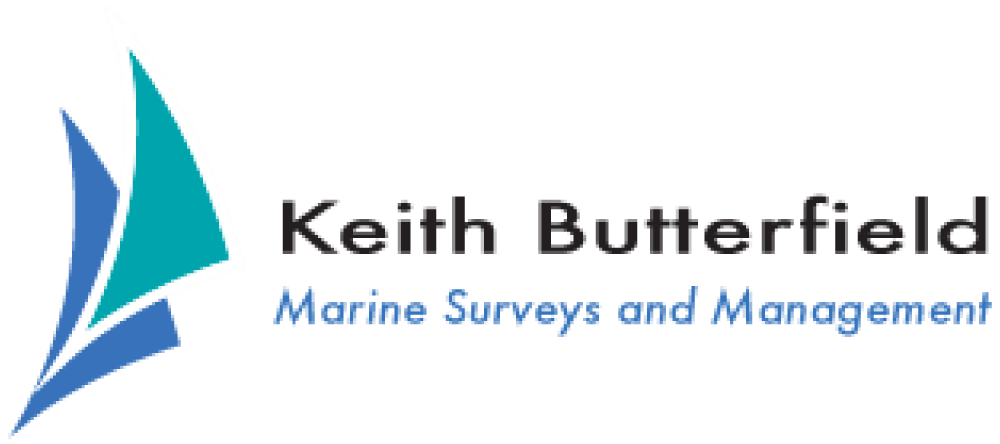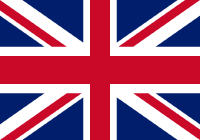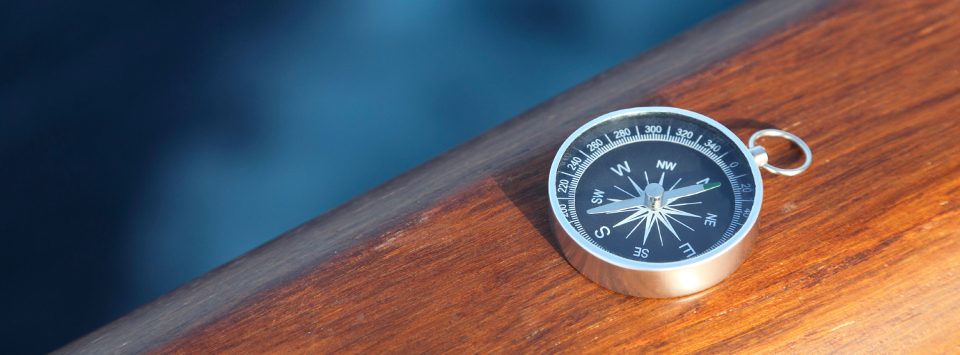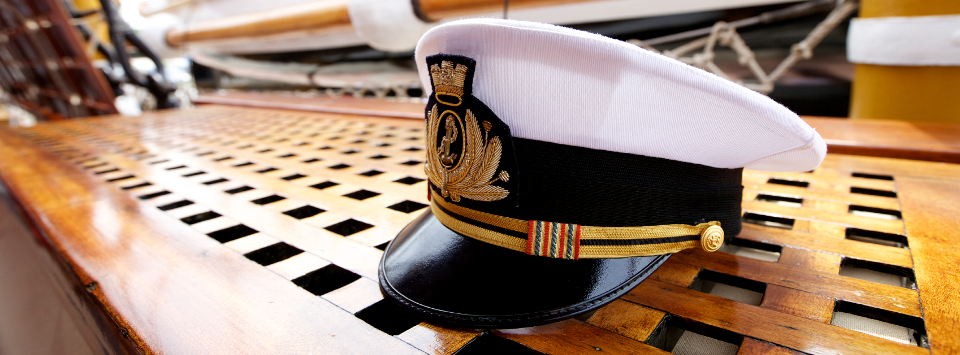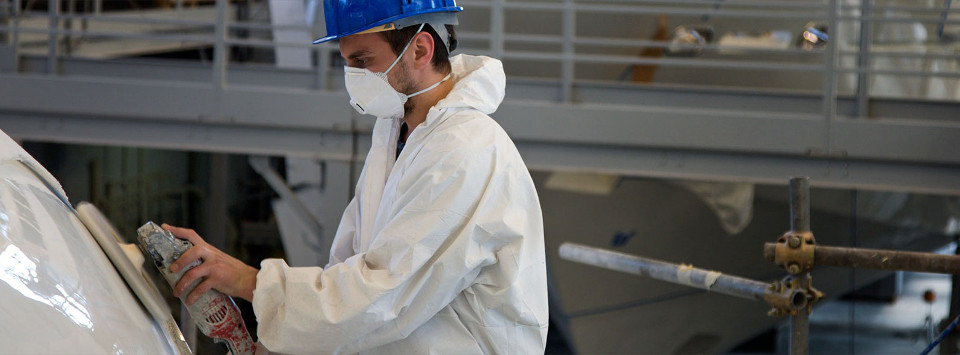Multi-Echo Ultrasonic Thickness Testing
Steel and Aluminium - permits measurements and usually excludes the need to remove paint or anti-fouling. Different probes allow different thicknesses of measurement. They give good readings with corroded metals and multiple paint layers. Where a structure has been heavily filled or faired readings are obtained from interior surfaces. The results represent thicknesses at specific points and do not extend to adjacent areas or account for localised pitting.
A plate thickness survey is recommended for a standard condition survey and with a pre-purchase and insurance survey of steel or aluminium vessels.
Plate Thickness Survey - gauges the hull and deck plate condition and provides a representative report and highlights any areas of thinning and wastage. This can be done either with or without removing paint layers depending upon surface condition. Results are tabulated and trends of wastage highlighted. A thickness survey is recommended with a pre-purchase and insurance survey of steel or aluminium vessels. It typically requires an extra day depending on size and complexity of vessel. The results represent plate thicknesses at specific points (around 9 points per m2) and do not extend to adjacent areas or account for localised pitting.
Any additional further in-depth assessment of plate condition requires around 36 points per m2, it may be required to re-assess areas of significant thinning, and recommend repair procedures.
In addition to meter testing - visual inspection, acoustic sounding and chipping hammer are used.
